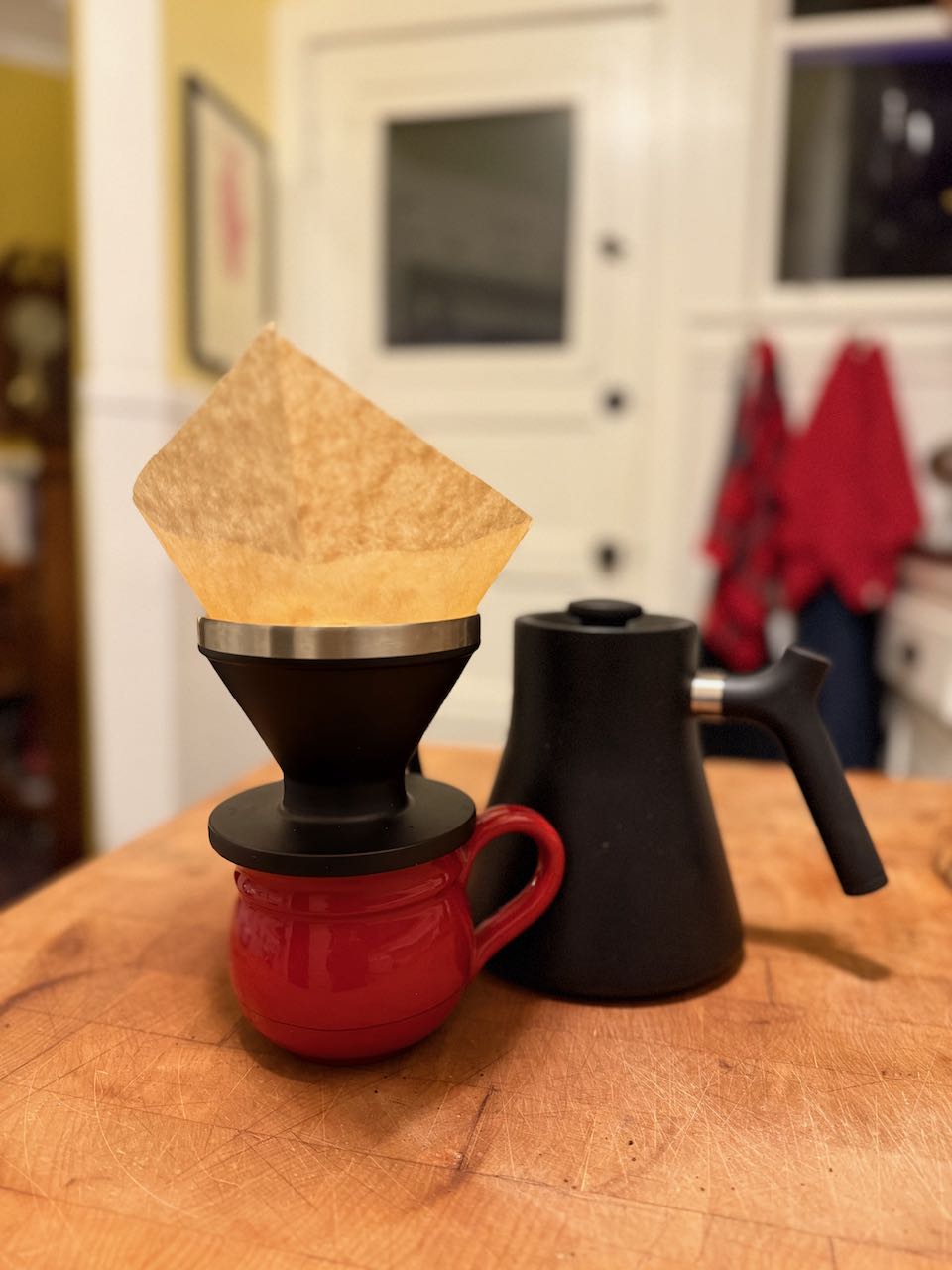Day 1: Little Wolf La Josefina
The Story
I discovered Little Wolf from Simple Merchant Coffee. As a rotating blend, SMC often had washed coffees from Little Wolf, and I wasn’t a super big fan. However, I also found out the roastery that produced Little Wolf also produced Day Glow which produced some of my favorite coffee in 2022. In the end up, I went up the roastery in Ipswich, Mass and asked them about their connection. Sometimes their factories even have left ofer from Day Glow lots.
Over the years of tasting and learning, I’ve grown to really appreciate the Little Wolf Coffee. This coffee is particularly interesting. The Honey Aneerobic process always produces something unique and special and I hope you like it.
This Coffee is already sold out so I can’t link you to this one directly, but here is a list of Little Wolf Coffees.
About the Beans
| Tasting Notes: | Lychee, Hibiscus, Complex |
|---|---|
| Origin: | Ecuador |
| Farm/Co-op: | La Josefina |
| Process: | Honey Anaerobic with oxidation |
| Elevation: | 1500m |
| Varietal: | Typica Mejorado |
| Sourced By: | Farmer Direct |
This special coffee comes from a relationship 6+ years in the making! Around when we first opened we were visited in Ipswich, MA by Leopoldo of La Josefina as he was working on producing and improving coffee from his family’s farm in Ecuador. Fast forward to 2024 and we are thrilled to be able to offer this beautiful coffee direct from his farm in Ecuador. Farm Info
Finca Lugmapata is a family-run operation located in Pallatanga, Chimborazo, Ecuador. Situated between 1,650 and 2,000 masl (meters above sea level), they grow several different varieties, including: Bourbon Sidra, Typica Mejorado, Pache and Sarchimore. In 2012, the first 20,000 trees were planted and by 2022, they expect to have well over 50,000 coffee trees planted. In their first year of production, 2016, they achieved 3rd place in the Taza Dorada and in their second year of production, 2017, they achieved first place.
Due to their meticulous operation, including selecting only the ripest cherries, double wash in cherry to ensure consistency in the fermentation process, various fermentation experiments, taking great care in the washing and drying and proper storage of the coffee post-drying, these achievements are no surprise! In addition, the social component of this farm is really what makes them stand out. In order to help improve the lives of those living in and around Pallatanga, they prepared in their nursery new trees of primarily Bourbon Sidra, which were/are destined for new coffee growers in the area. The idea is to teach them how to produce high quality coffees, create sustainable businesses and improve their livelihoods.
Feedback About the Coffee
From Seth V:
First sip: ehh, wasn’t super into it. Kinda muddy, some bitter notes. I was worried I’d somehow burned it. Left it alone for a few to make Ash breakfast while it cooled and the Ember mug maintained it at 55°C. Came back to quite a wonderful cup. It seems this is in the camp of beans that don’t like to be drunk at brew temp but once they come down a bit open into a world of delicate flavors.
I am getting the fermentation funk on the nose with hints of dried fruit and a nice full mouth feel. There’s a bit of texture on the tongue and a touch of cacao and some flavor I can’t quite place but am enjoying.
The muddiness that turned into a slight texture after cooling reminds me of the sensation you get from a nice cup of hot cocoa at the top of the cup before you mix the heavier chocolate back up from the bottom. Having just had a cup of really good drinking chocolate last night, it is a super pleasant callback for this morning
From Steph K.

Mike R.
I’m always looking for the fruit, and I get it on this one. And funnily enough, I also really like the macchiato as well. Feel like this coffee fits really well.
